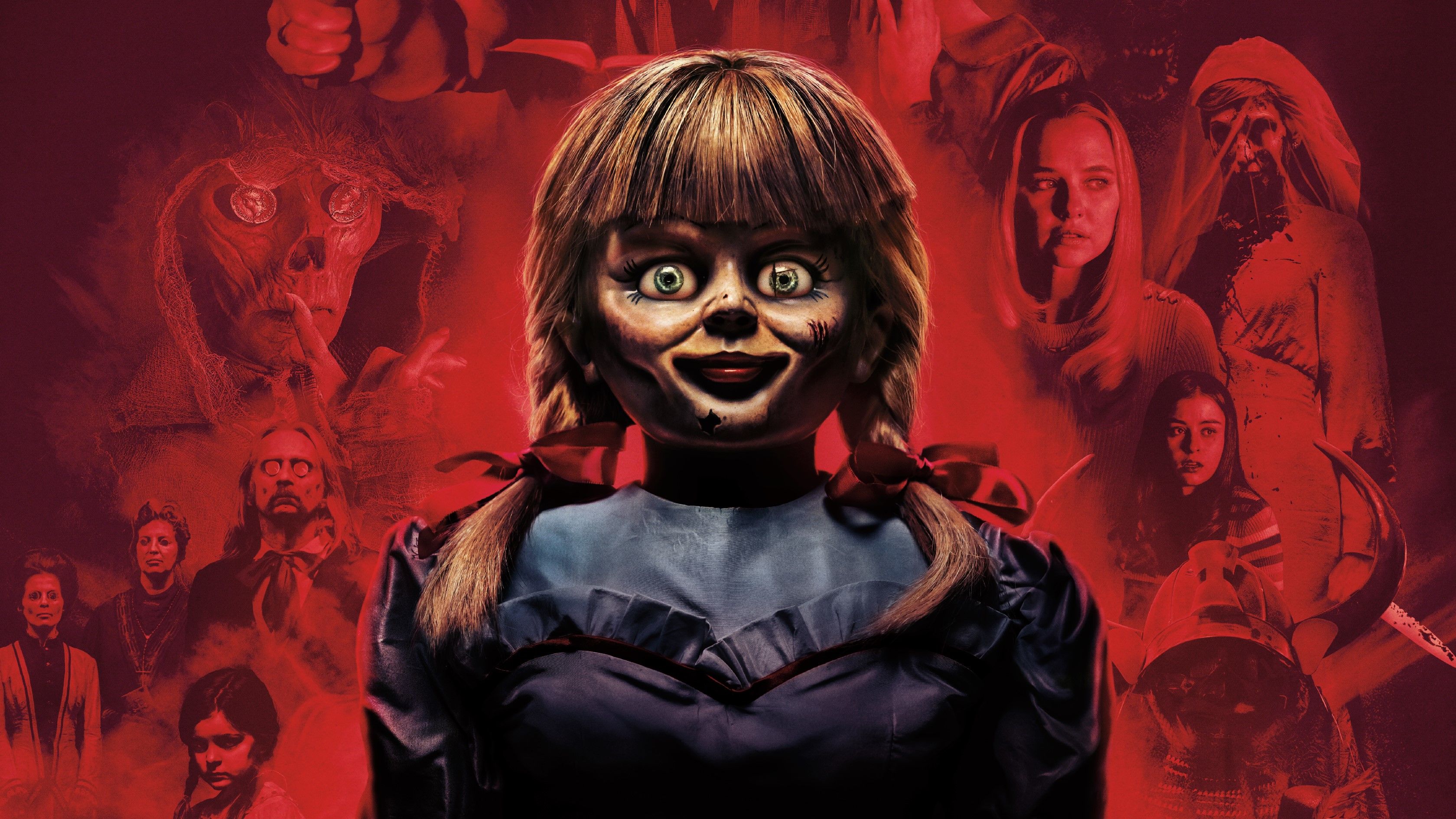Create a free profile to get unlimited access to exclusive videos, sweepstakes, and more!
Horror movies really do trigger your brain’s fight or flight response, says science

When the camera tracks around the corner to show that knife-wielding madman lying in wait, those impulses you’re feeling to either keep your eyes steady or run are the real deal. In a new academic dive into one of our favorite topics (fear!), people who watched a pair of James Wan thrillers showed scientists that horror movies really can light up the same parts of our brains that real-life terror does.
A new paper published in the journal NeuroImage explains how Finnish researchers used MRI scanning to monitor the brains of 51 test subjects, in real time, as they enjoyed nerve-racking screenings of Insidious and The Conjuring 2. What they discovered is that even voluntarily letting yourself be frightened, as the source of the fear is emerging, stimulates the same responses as being scared when there’s no suspension-of-disbelief safety net.
Before going further, it’s probably worth pointing out that the study, which needed a method for monitoring the mind as episodes of fear were in the process of unfolding, didn’t set out to gauge the effects of horror movies in particular. Rather, it simply settled on the two Wan-directed films because they’re filled with both slow tension and sudden jump scares; because they provided a convenient, one-size-fits-all experience for the test group; and, according to Ars Technica (which interviewed one of the researchers), because few of the subjects had previously seen either film.
With that in mind, it’s remarkable how consistent the results were across the board. When moments of slow-burning tension (what the study termed “anticipatory fear”) nudged the subjects’ sense of dread toward the next big blast of action, the areas of the subjects’ brains that respond to visual and auditory perception uniformly lit up, with the intensity of the reaction being the chief variable. Then when the jump scares (aka “acute fear”) came, the brain’s coping centers — threat evaluation, rapid decisionmaking, and emotional processing — similarly took over.
The study marks one of the first instances of academics being able to monitor fear while its patterns are emerging and changing in the brain as a scare’s actually happening — instead of at the beginning or the end of a scary episode. “We wanted to use a naturalistic stimuli and new ways to analyze neural data to try and understand exactly how the fear response changes over time,” study co-author Matthew Hudson explained to Ars Technica.
One other fascinating takeaway from the study is the evident death grip that psychological horror in particular holds over viewers’ minds. In a 12-category breakdown of horror movie types, a larger field of 216 respondents identified psychological horror as the most effective at drawing them in, outpacing movies based on traumatic real events (2nd place) and supernatural horror (3rd place). The same viewers also favored the feeling of real fear that horror films can elicit over other emotions, including a sense of pleasure. “Excited,” “scared,” and “anxiety” finished 1-2-3 in the ranking of reasons for tuning in, while “pleasure” came in a distant 6th.
Will horror movie masters take these findings and use them to, ahem, conjure even more realistic scares? Only time will tell. But if Wan’s Conjuring movie-verse is set to become a go-to source for scary study material in future research, watch out: A sequel to The Nun is already in the works.

























